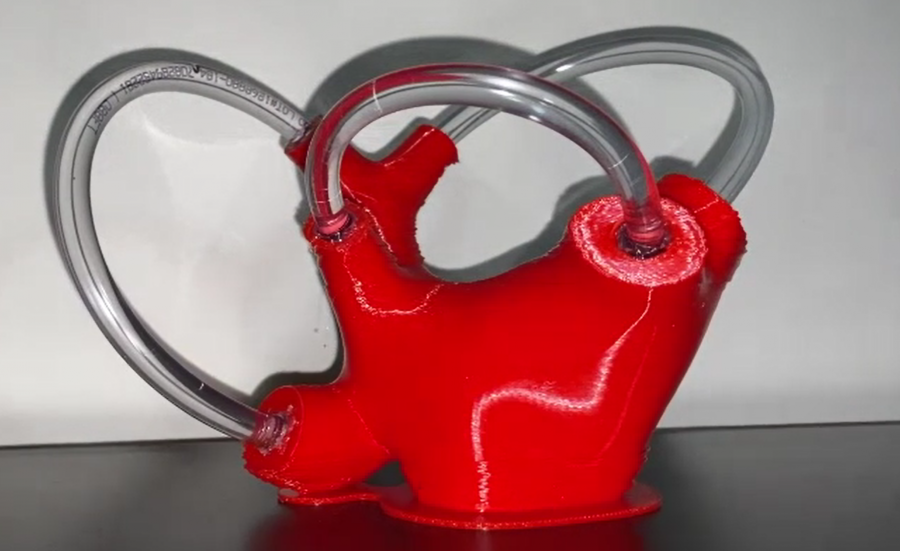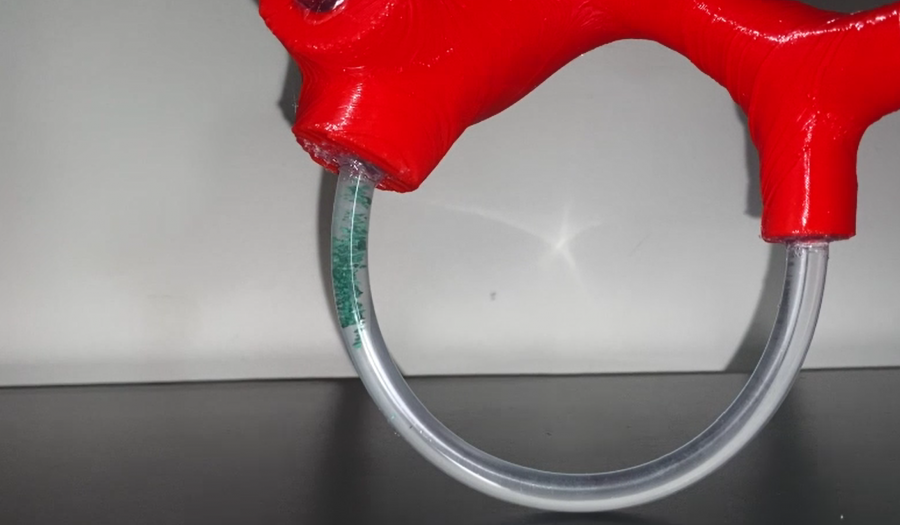Read more about how Rachel’s internship inspired her to create a vestibular model that demonstrates what happens in the inner ear with Benign Paroxysmal Positional Vertigo.
This summer I had the opportunity to intern with Josh Hill, DPT at UPHS-Portage Rehab Center. My special project for the internship was the creation of a vestibular model. This model can be used in the clinic to demonstrate to the patient what occurs in the inner ear with the condition Benign Paroxysmal Positional Vertigo (BPPV). BPPV occurs when a crystal from the otolith organs becomes dislodged and falls into the semicircular canals of the vestibular labyrinth. The crystals that fall into the semicircular canals respond to changes in head positions that they would not normally respond to causing the patient to feel dizzy.
The idea for my project arose in an appointment when Josh was trying to explain what causes vertigo in the case of BPPV. He shared, with me, instructions to create the model that would benefit patients’ understanding in these cases. I began the project by working with the 3D printing lab at Michigan Tech to print the base of the model. Mineral oil, clear plastic tubing, and crushed stone inlay were used to create the semicircular canals. The clear plastic tubing was increased in scale to represent the actual dimensions of the semicircular canals. The tubing was filled with mineral oil and a little crushed stone inlay. The small size of the stones in the mineral oil fall at the approximate speed at which the stones would move in the semicircular canals.
Follow the link here to watch a video of Rachel’s model in action.


